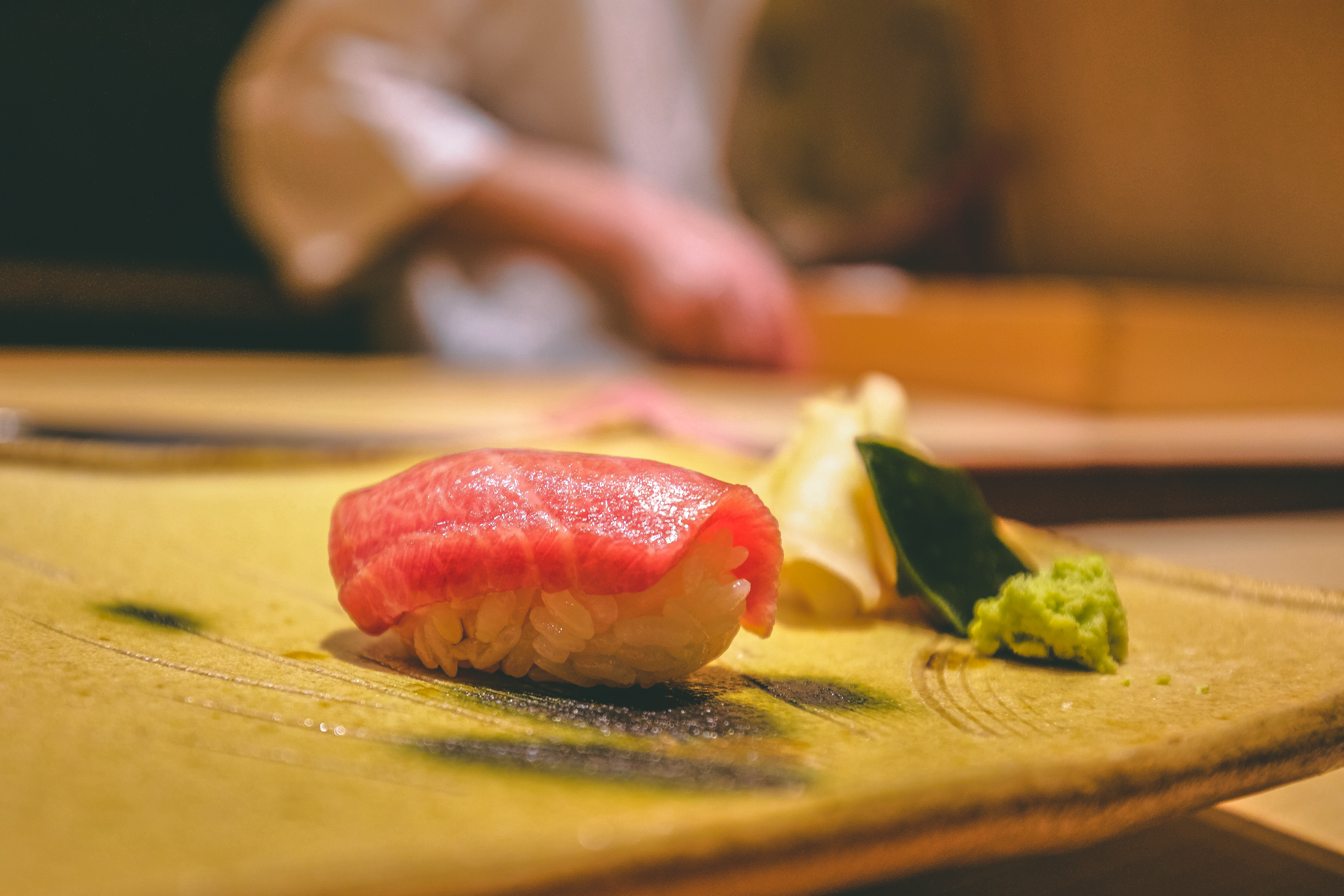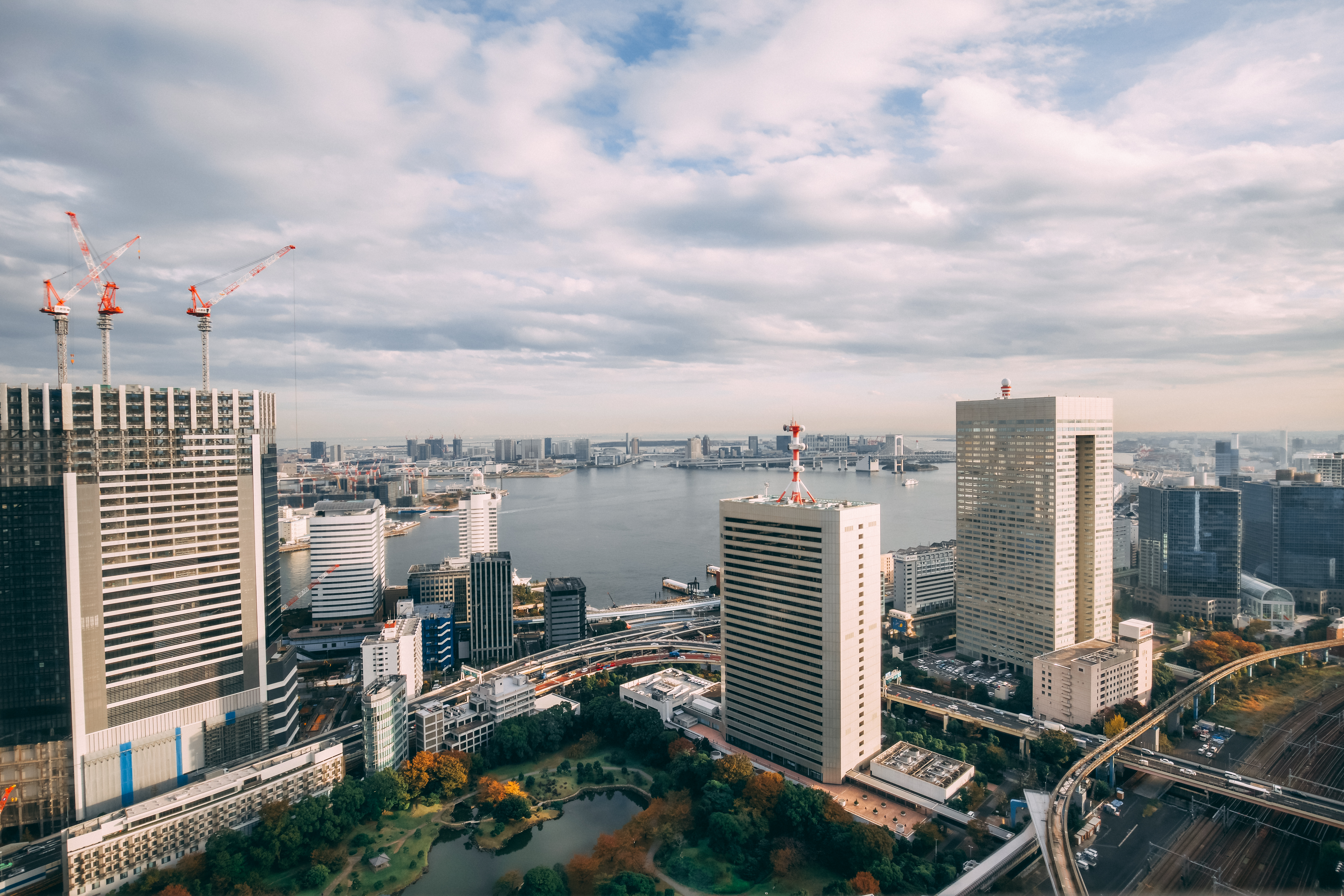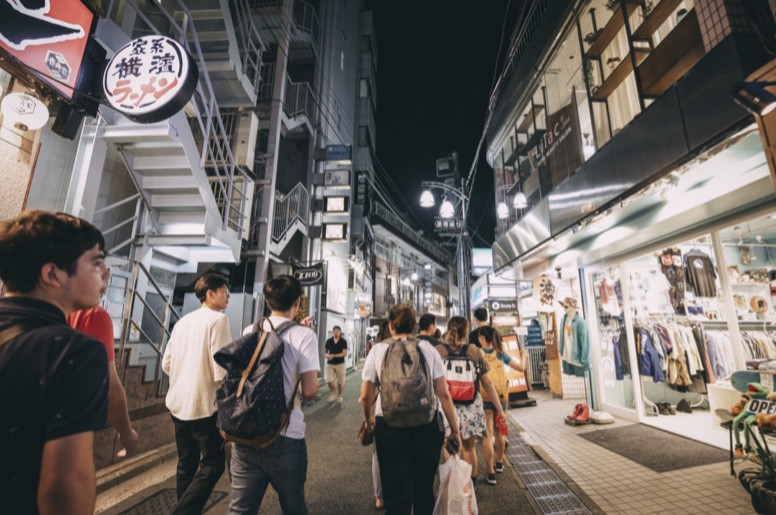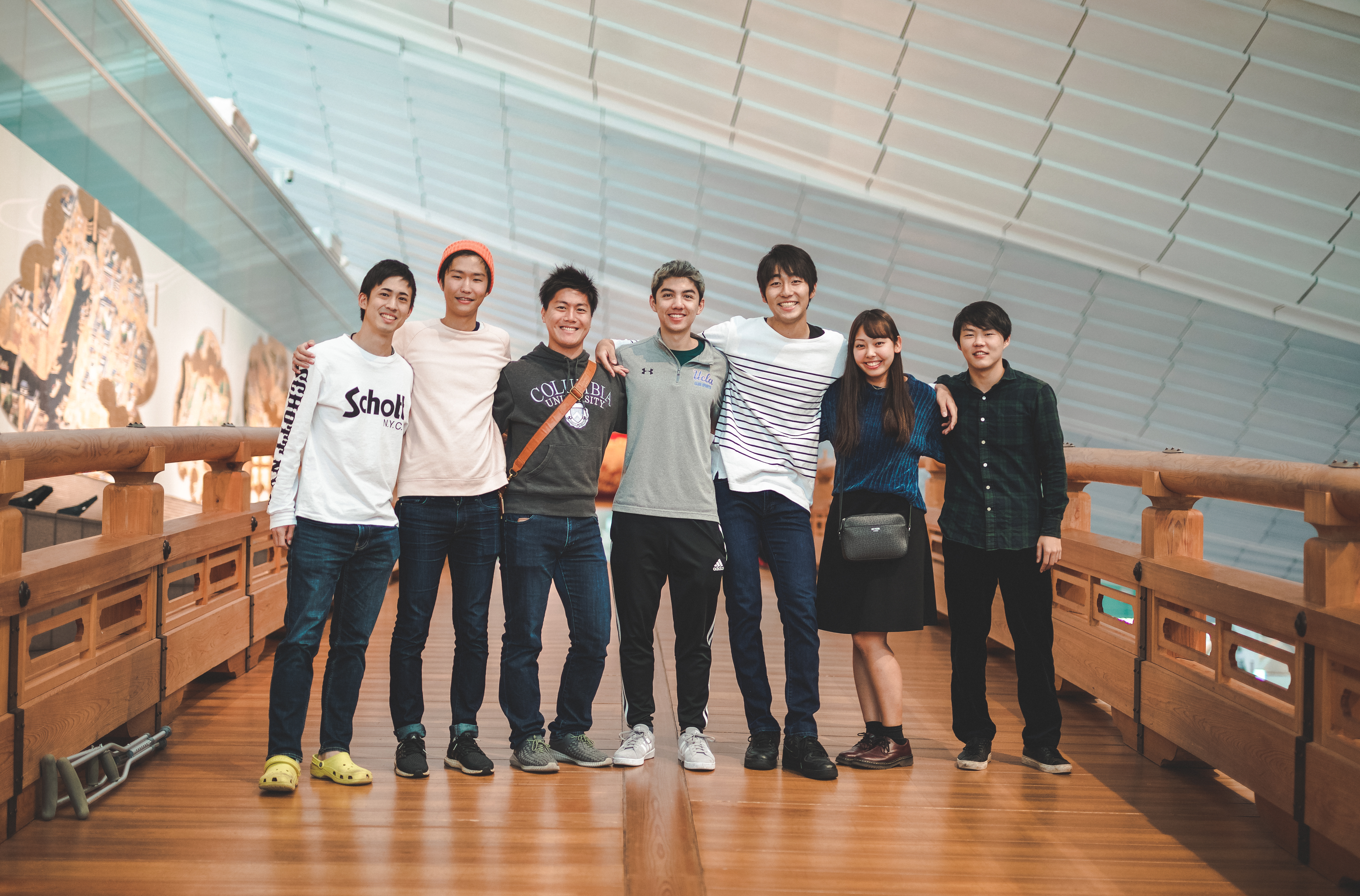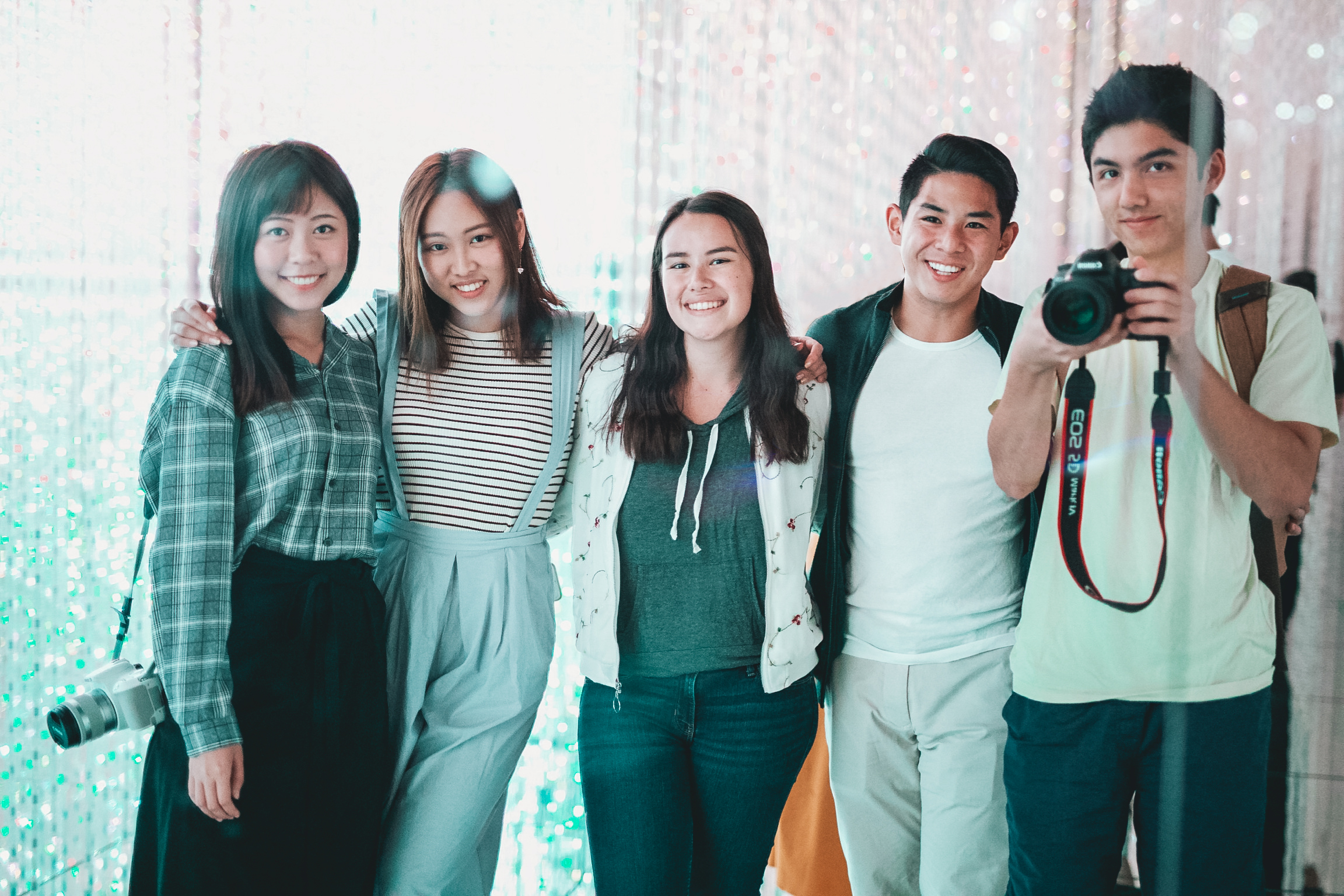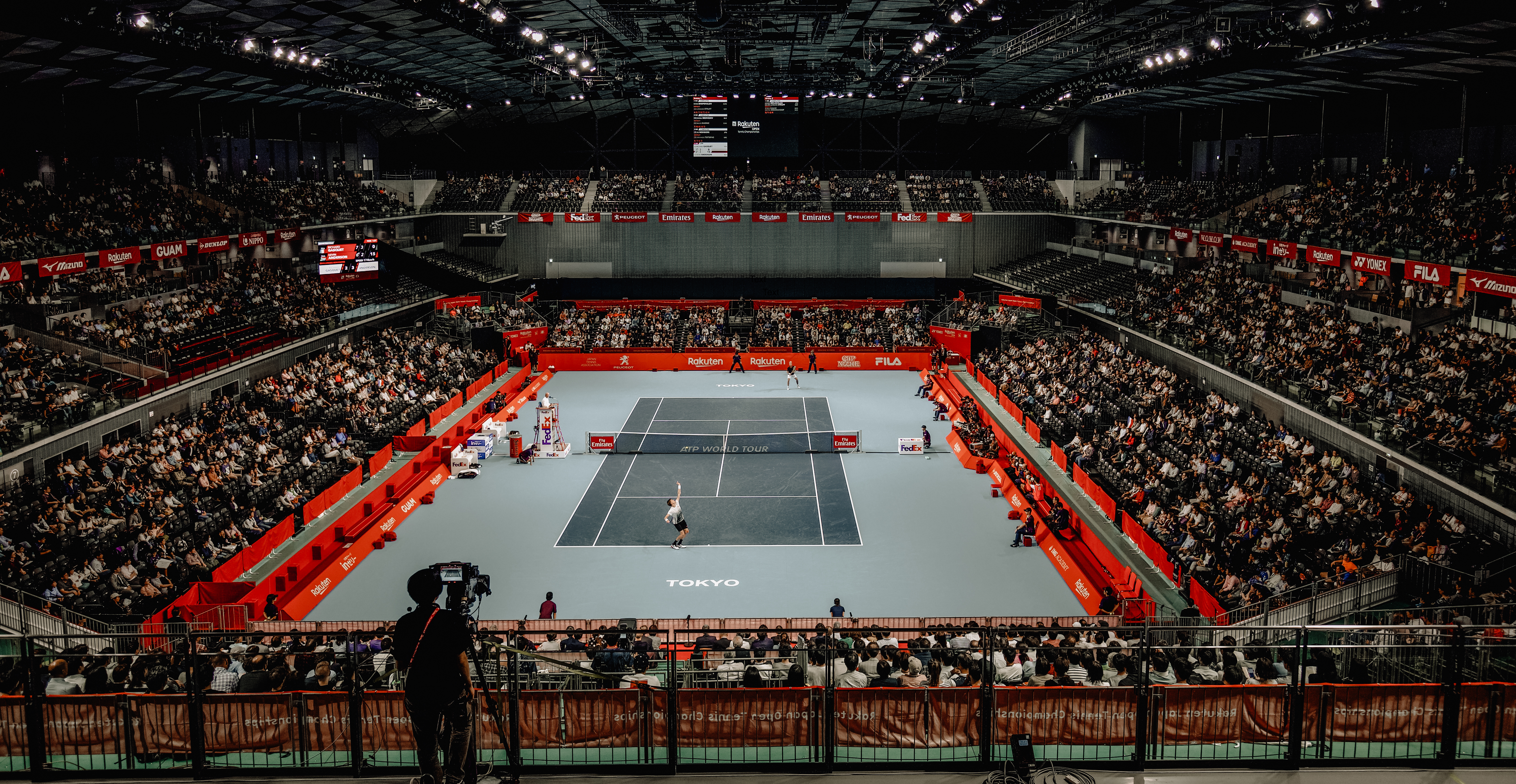Japan | Tokyo Disney
By DERAN CHAN
During my stay in Japan, I had the chance to visit Tokyo DisneySea! While there are many Disney theme parks around the world, DisneySea exists only in Japan so it was definitely a place I had to visit. Tokyo Disneyland is located adjacent to DisneySea, and shares some of the same rides as Anaheim’s Disneyland such as Space and Splash Mountain.

It was a 2-hour journey in order to get to DisneySea, which consisted of taking 3 different trains and walking through the entirety of Tokyo Station, one of Japan’s biggest train stations. After getting off at Disney’s Maihama Station, we took the Disney Resort Liner monorail, which took us past Tokyo Disneyland and the resort hotels of DisneySea (which is actually in Chiba Prefecture, not Tokyo!).

To my surprise, DisneySea was a lot cheaper than any other Disney parks I had been to, with a one-day pass costing only 7400 yen, or about $70 USD. The food was generally cheaper too. Despite going on a Thursday, the park was still very crowded. We waited 100 minutes for Journey to the Center of the Earth, DisneySea’s most well-known ride where guests go on a rollercoaster adventure into the iconic volcano that looms over the park.


Although we went to the park in mid-November, the park itself was decked out in Christmas decorations and merchandise since Japan does not celebrate Thanksgiving (obviously) or any other holiday in November. It was really cute to see the Christmas performances, and could still feel the “magic” as I walked through the park as Christmas music blasted over the speakers.
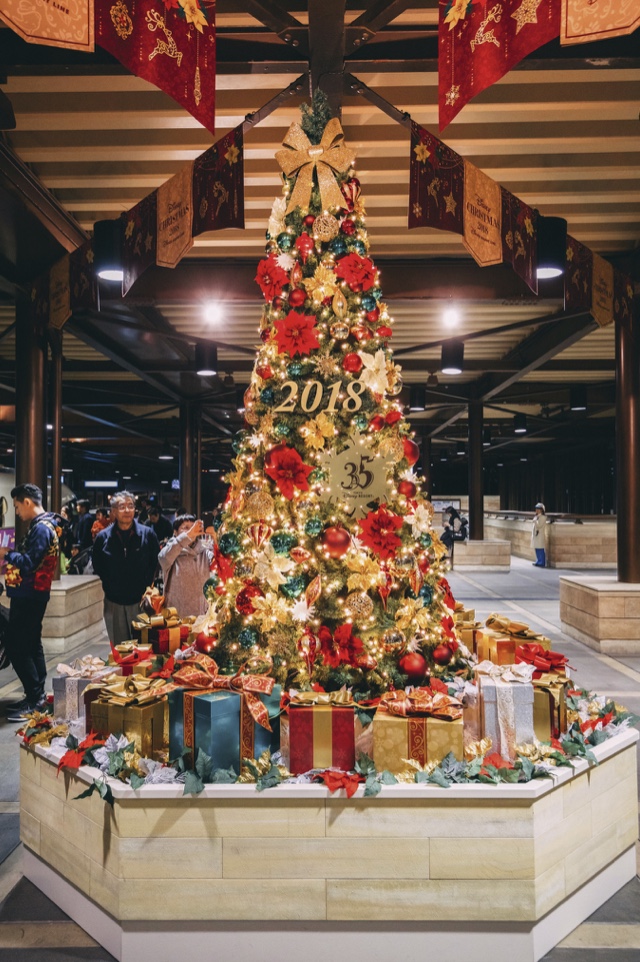
One of my favorite things about DisneySea was seeing how many people dressed up! I saw many parkgoers dressed up as various Disney characters, couples who wore matching outfits (apparently it’s a thing!), and many group costumes too that made me wish I had come coordinated with my friends. However, one thing I DID NOT like was the Nemo & Friends Searider. Disclaimer: If you have suffer from any sort of motion sickness DO NOT get on this ride at all costs. All the riders are put into a moving capsule where you “swim” with Nemo (a video is projected in front of you), and are catapulted through the ocean. This was probably the worst 2 and a half minutes of my life, but besides this ride I had a great time at the park.

Deran Chan studied in Tokyo, Japan in 2018:http://eap.ucop.edu/OurPrograms/japan/Pages/international_christian_univ.aspx






